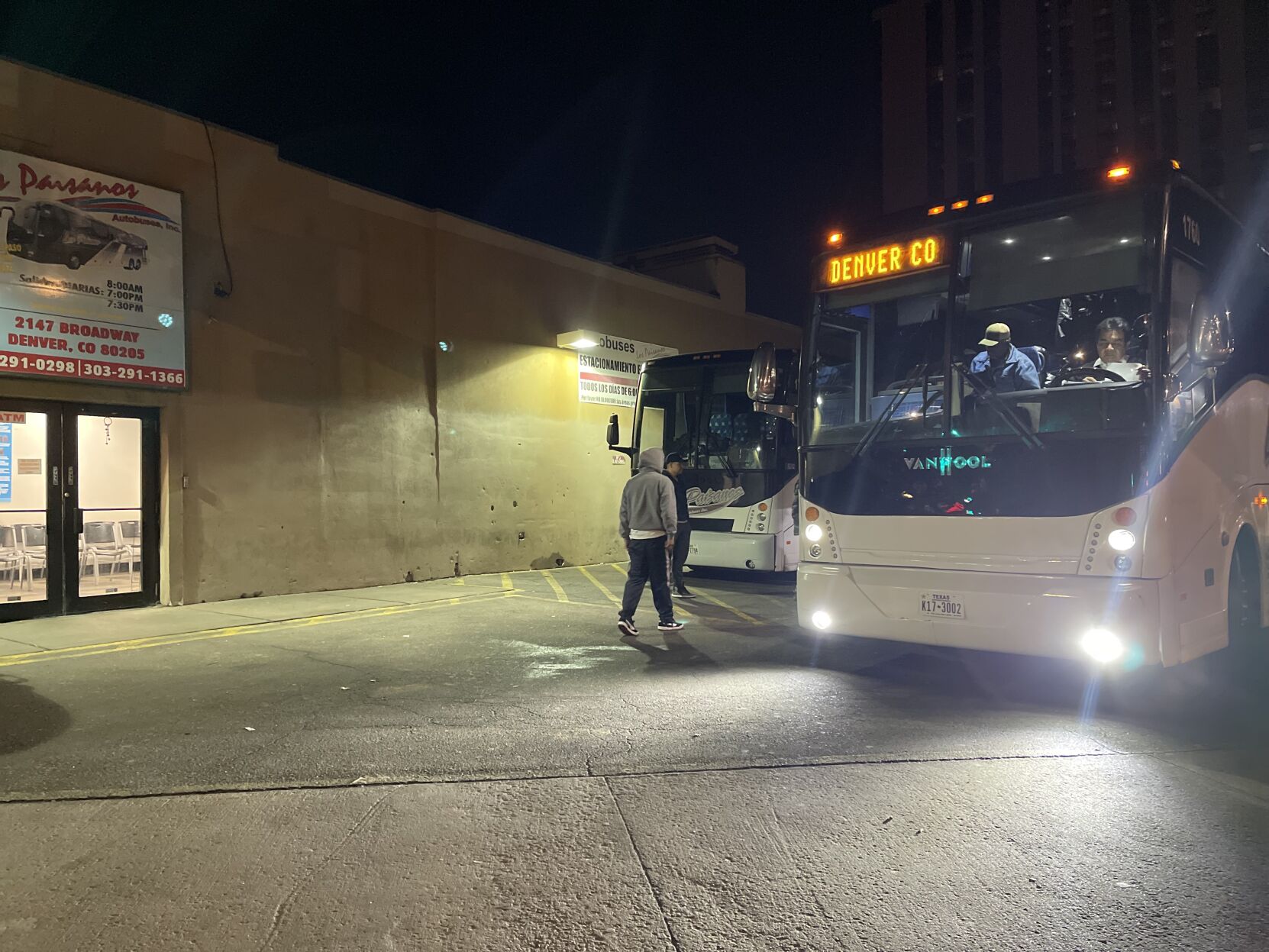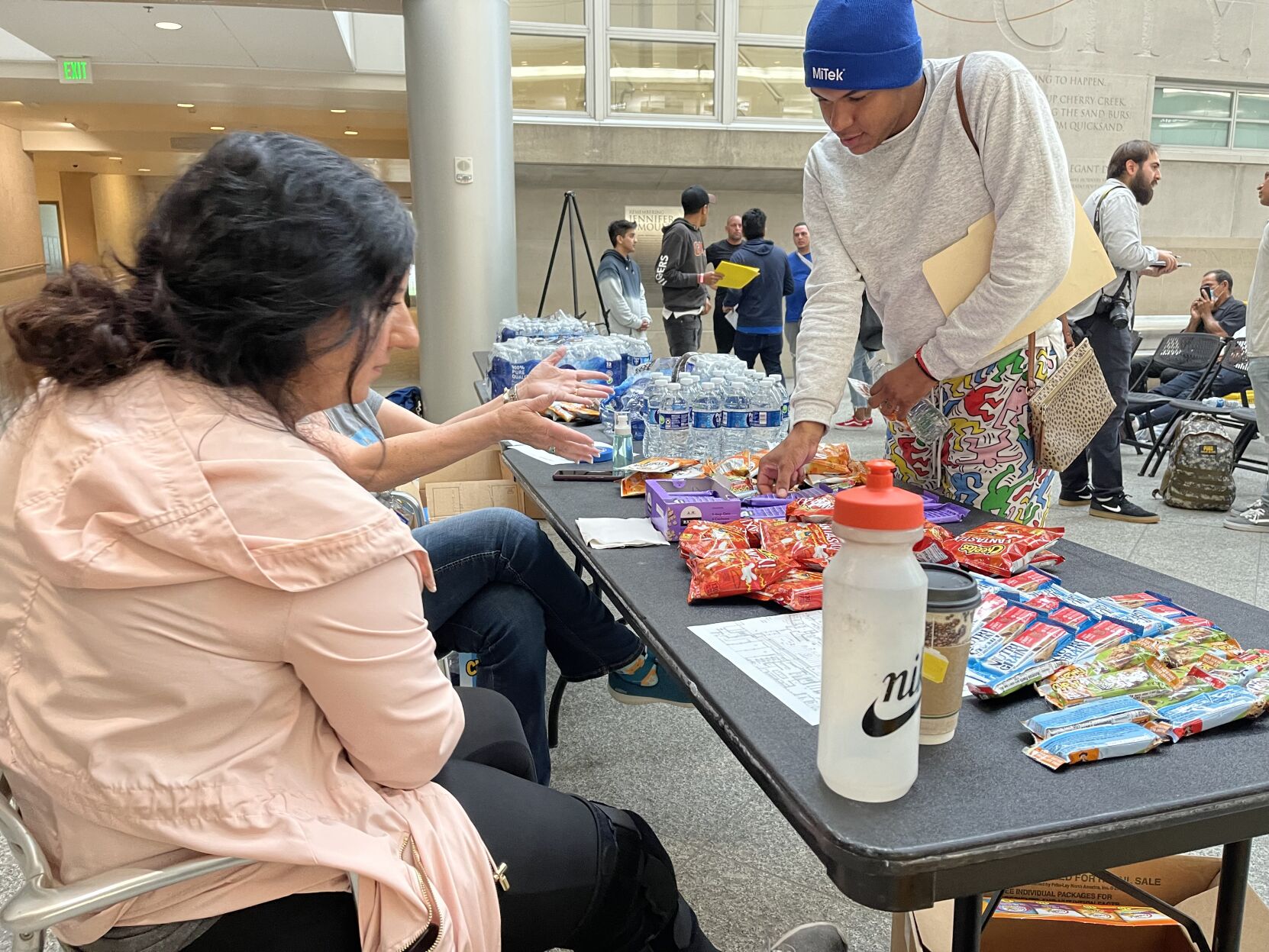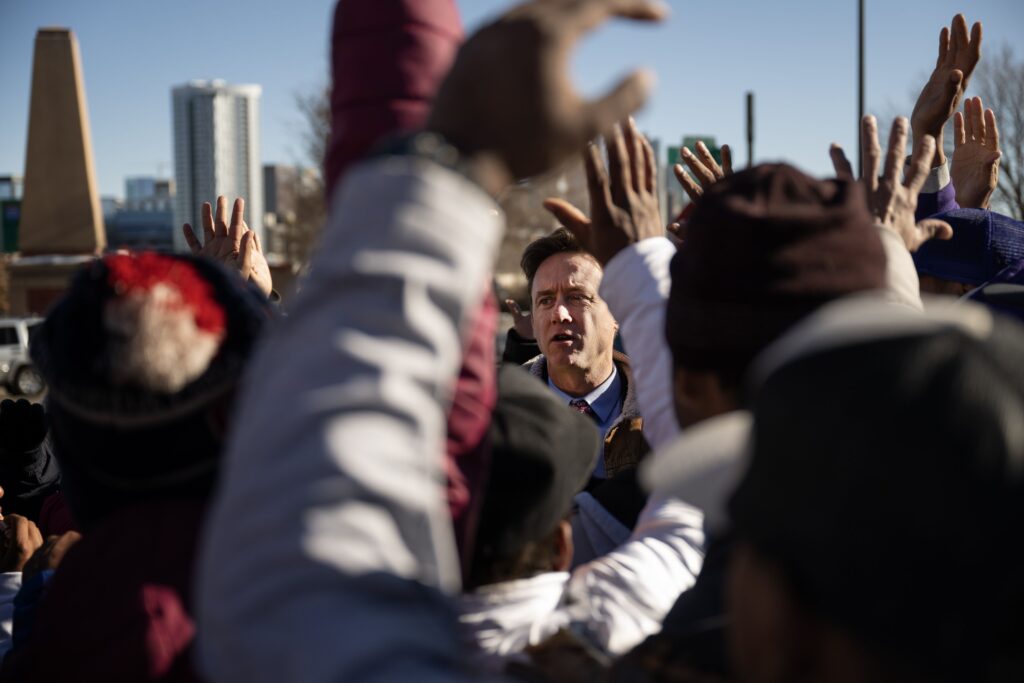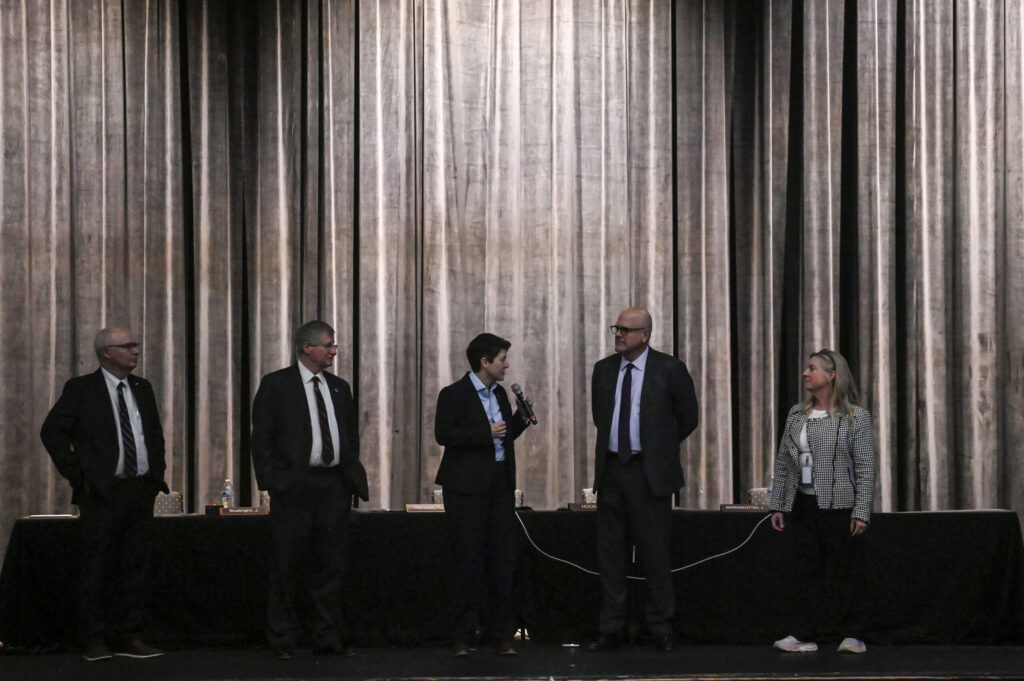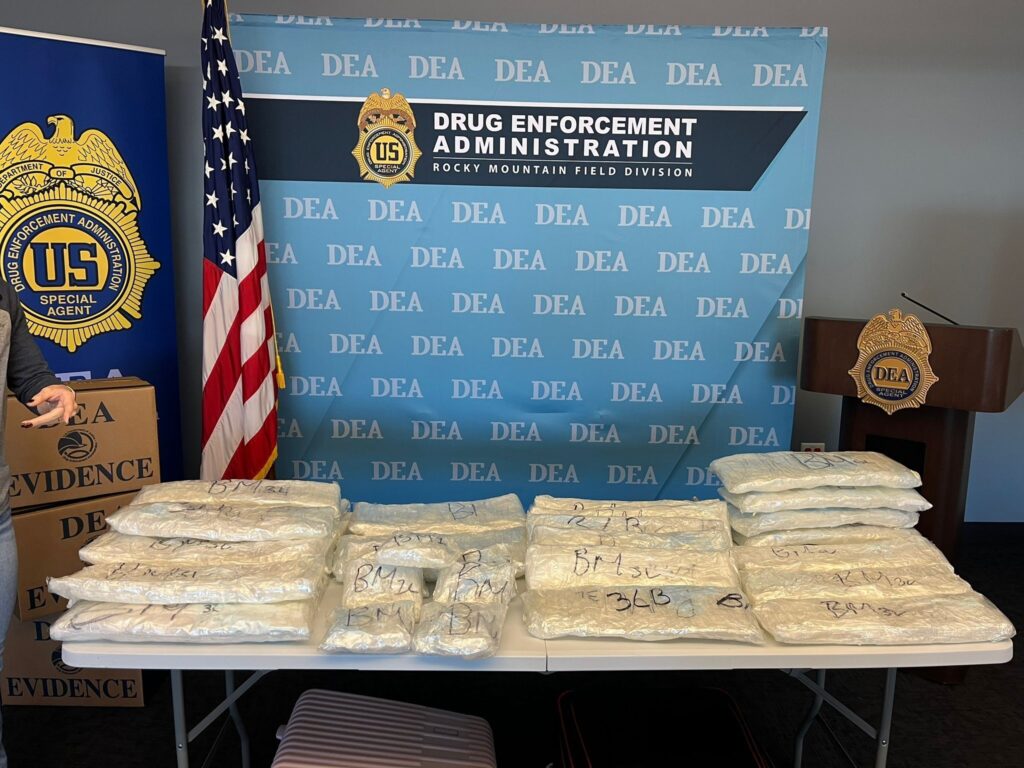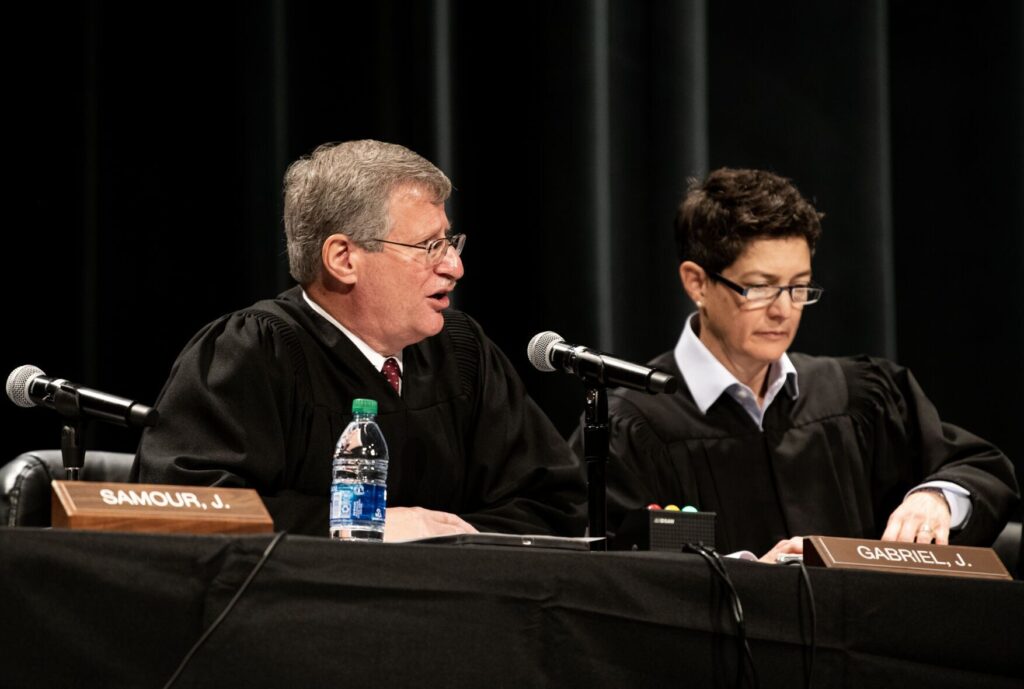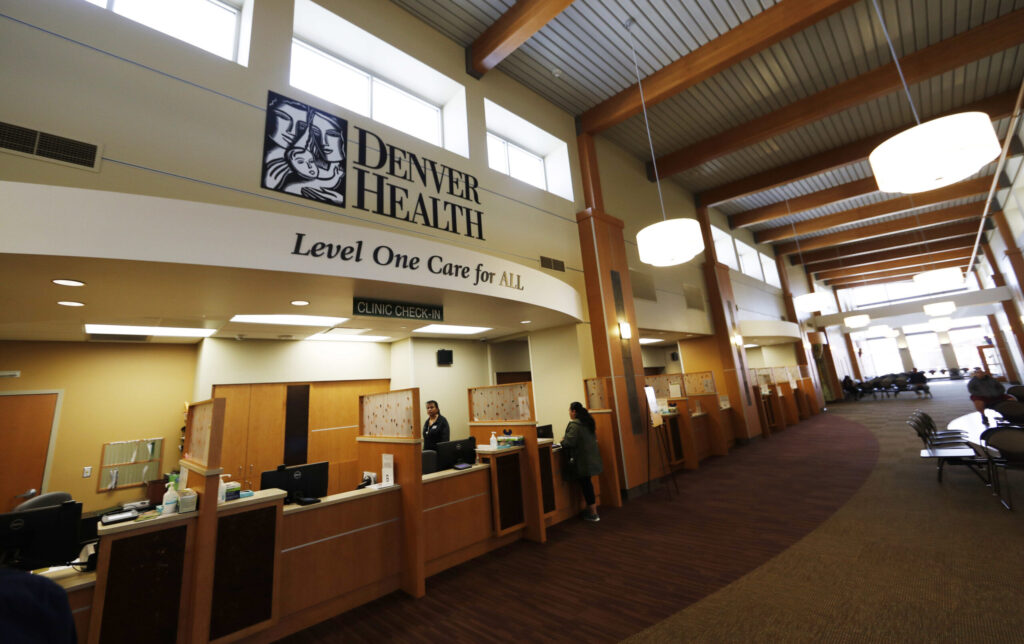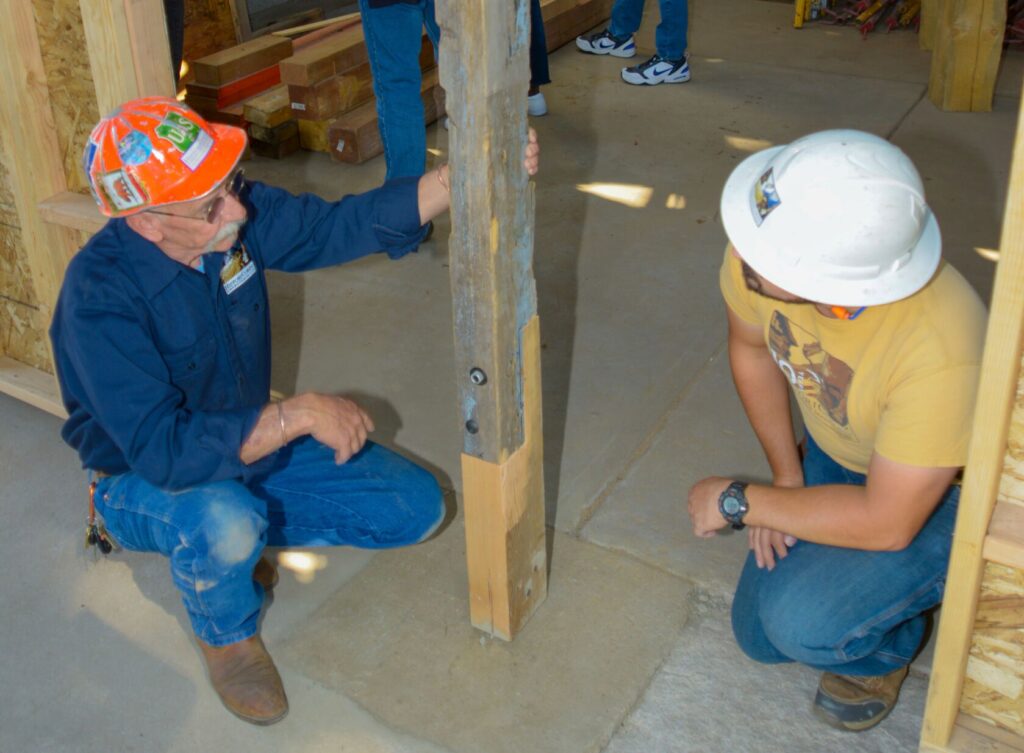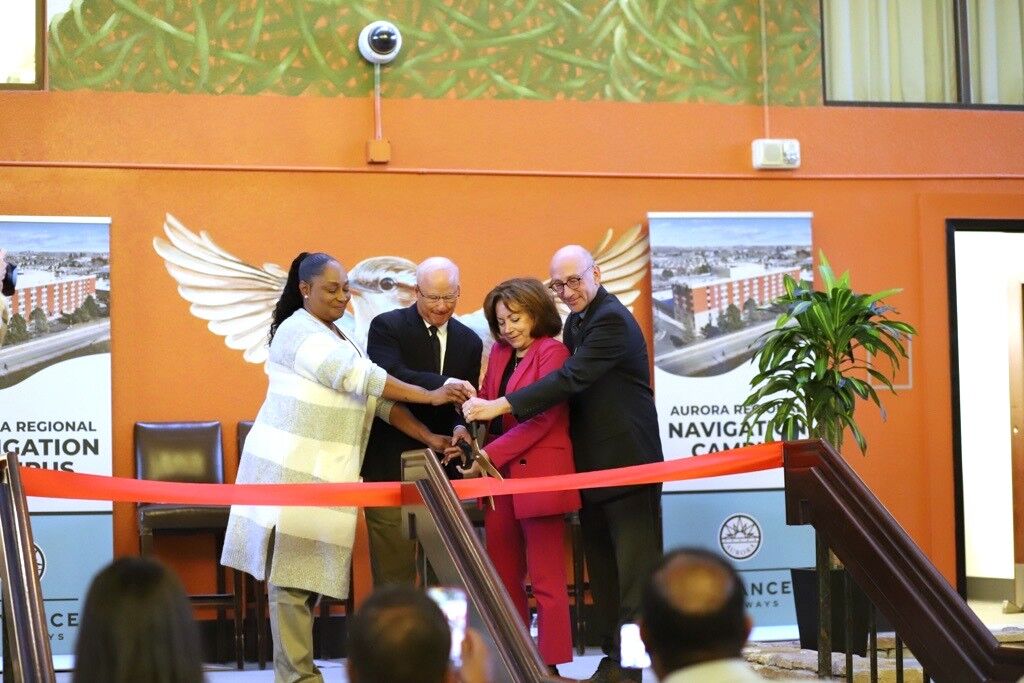Texas governor has sent 1,600 immigrants to Denver, will likely send more with new surge
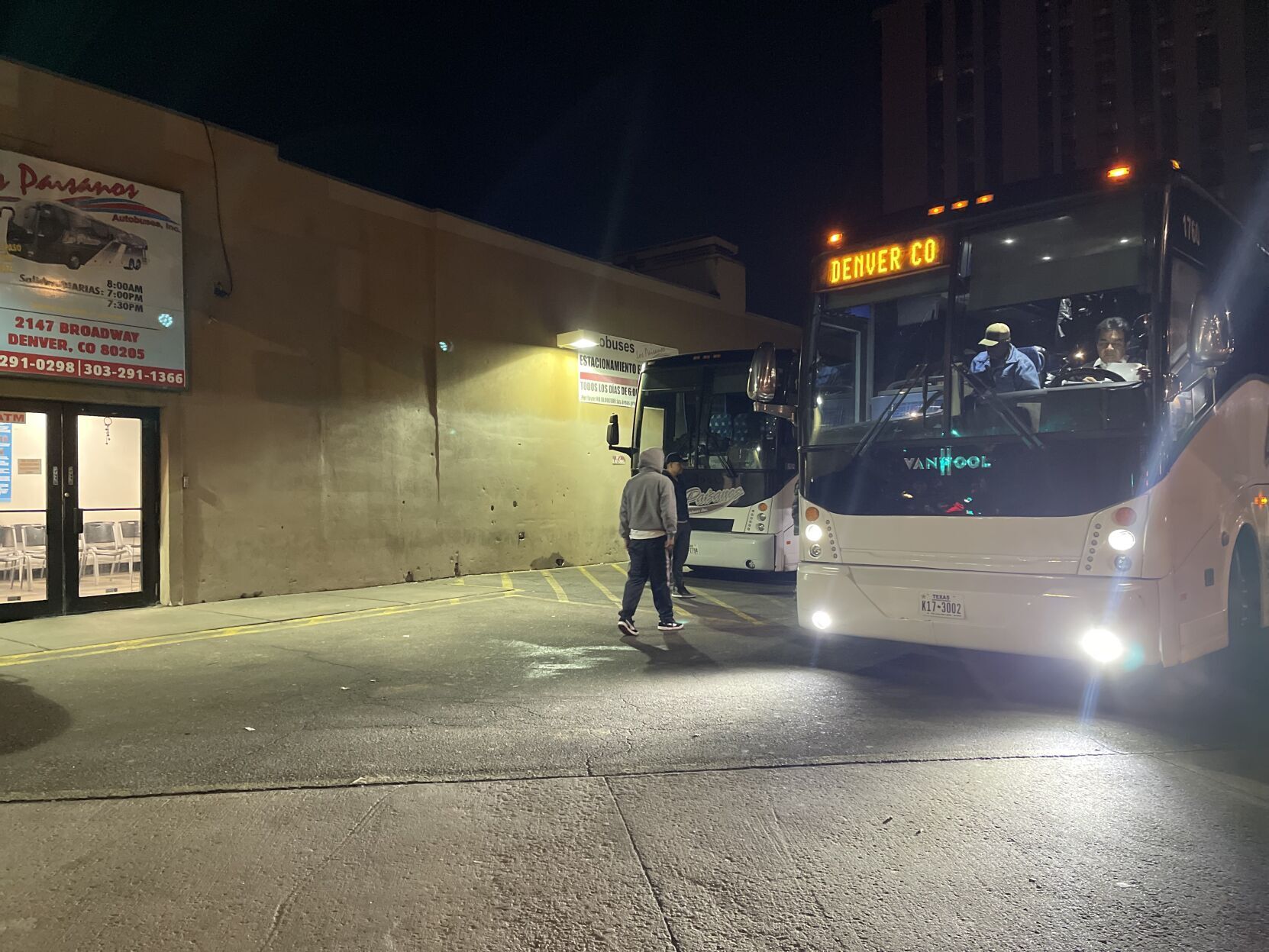
Texas Gov. Greg Abbott has bused more than 1,600 immigrants to Denver since May and expects to send more with the new surge at the Mexico border.
In response to the latest surge, the Texas governor has activated buses along the border to transport immigrants out of the Lone Star State.
“President Biden’s continued refusal to secure our border invites thousands of illegal crossings into Texas and our nation each day,” Abbott said in a news release. “Texas communities like Eagle Pass and El Paso should not have to shoulder the unprecedented surge of illegal immigration caused by President Biden’s reckless open border policies.”
As of Wednesday, Denver has received more than 20,000 immigrants, mostly from South and Central America. Roughly 1,900 of these immigrants are being temporarily sheltered, according to city officials.
The humanitarian crisis to Denver has not been without it costs.
To date, the city has spent more than $26 million, of which roughly half has been reimbursed by state and federal government.
Jordan Fuja, a spokesperson for Mayor Mike Johnston, declined to comment.
Johnston is expected to address the issue at a news conference on Thursday.
Former Denver Mayor Michael B. Hancock twice declared emergencies because of the influx of immigrants. The first came when the cost to taxpayers was about $800,000.
Staffing has been one of the main cost drivers.
“So, let me be frank, this influx of migrants, the unanticipated nature of their arrival and our current space and staffing challenges have put an immense strain on city resources,” Hancock said in December after 90 immigrants were dropped off downtown at Union Station.
In May, Abbott sent to Denver his first busload of immigrants – implying more would follow – from McAllen, Texas, a border city that extends to the Rio Grande river, which forms a 1,255-mile segment of the natural boundary between the U.S. and Mexico.
Since employing his busing strategy, the Republican Texas governor has bused more than 40,000 immigrants to the states of Democratic governors with “self-declared sanctuary cities.”
The majority – nearly 15,000 immigrants – have been sent to New York City.
Hancock has called Abbot’s move “political theater” and a “stunt” and suggested sending the Texas governor a “bill” for the expenses Denver has incurred.
Abbott made international headlines last year when he sent immigrants to Martha’s Vineyard and to Vice President Kamala Harris’ D.C. residence.
Gov. Jared Polis was criticized earlier this year by the mayors of New York City and Chicago for sending immigrants in Denver to their cities. At the time, Denver had provided 1,900 bus tickets for immigrants to travel to more than 100 U.S. cities.
Despite diverging world views, Abbot and Polis agree immigration is a federal problem that Congress has failed to address, leaving cities and states to bear the brunt of the humanitarian crisis.
An estimated 30% of arriving immigrants – city and state officials have said – intend to stay in Denver. Most are stopping in the Mile High City on their way to somewhere else.
The majority of the new arrivals are from Venezuela, a country that has descended into economic, humanitarian and political chaos under President Nicolás Maduro.
The influx of immigrants has illustrated the calamity that’s been unfolding at the U.S. border for years. It’s a crisis that has spilled over into America’s interior with cities like Denver, which is more than 600 miles from El Paso, Texas, the closest U.S. border.
Officials have speculated that immigrants have chosen Denver because of its relative proximity to the Mexico border and inexpensive travel options.
Organizations that support the immigrant community have also said the draw for immigrants is likely the available resources and diversity in the community, as well as its status as a “sanctuary city.”
Generally speaking, a sanctuary city is one in which a community establishes a policy that discourages local law enforcement from reporting an individual’s status to federal immigration authorities.
The last Denver surge in May – which left local shelters at or near capacity – occurred with the expiration of Title 42, the federal policy first deployed by the Trump administration to swiftly expel immigrants to help slow the spread of COVID-19.
The conjecture at the time was that immigrants descended on the U.S. border with Mexico anticipating the policy’s end.
